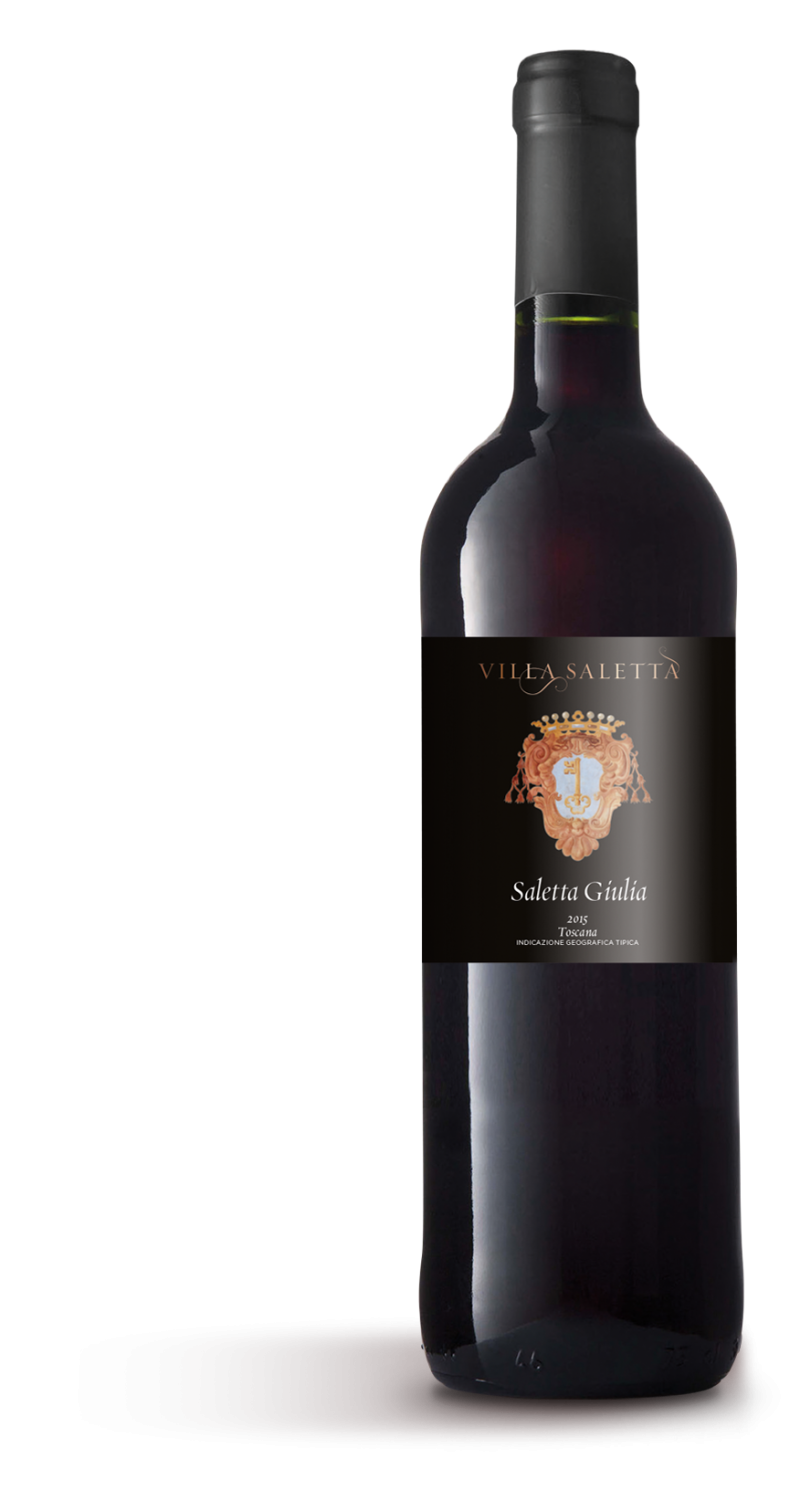Vineyards
Crafted from selected Chardonnay and Pinot Noir grapes, this Champagne gains its character from the varied terroirs across Champagne’s crus. The fruit selection aims to highlight freshness and red fruit aromatics, resulting in a delicate yet expressive rosé.
Winemaking
Rubis Brut Rosé is produced with initial juice from the first pressing, ensuring purity and finesse. A small quantity of red wine from Champagne is blended in to achieve its distinctive colour and depth. The wine undergoes cold stabilisation and light filtration, followed by ageing “on lattes” for approximately three years, allowing the wine to develop its signature elegance and fine bubbles.
Appearance
A delicate salmon pink hue with luminous clarity, underscoring its refined character.
Nose
The nose offers a graceful blend of red fruits, including cherry and blackcurrant, balanced by the freshness of Chardonnay’s citrus and floral notes.
Palate
Ripe blackcurrant flavours dominate the palate, supported by a soft and persistent mousse. Its gentle acidity and minimal dosage bring harmony, creating a fresh yet full-bodied mouthfeel with a lingering finish.
Food Pairing
Ideal as an aperitif, Rubis Brut Rosé pairs beautifully with white meats, lightly sweetened desserts such as red fruit gratin, and meaty or oily fish.
Background Story
Originally founded in 1923 as Baudry Lebrun & Cie in Épernay, Champagne Louis Barthélémy has roots dating back to Princess Baudry, who established the house after fleeing Moscow following the Russian Revolution. The brand underwent a modern transformation in 2002 when it was acquired by Jean-Barthélémy Chancel, a member of a winemaking family from the Rhône Valley, who revitalised the house at just 25 years old, becoming the youngest Champagne négociant of his generation.
With a unique, refined wine style, Louis Barthélémy Champagnes are known for their elegance and minimal dosage. They benefit from an extended lees aging of at least three years, which is more than double the minimum requirement in Champagne, creating depth and complexity. Jean-Barthélémy has cultivated contracts with diverse crus across the Champagne region, where he carefully selects only the best grapes for each cuvée, adding a distinct terroir-driven quality to the wines.





